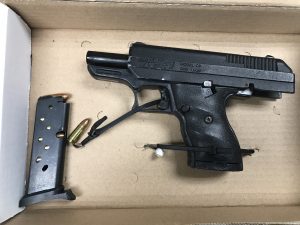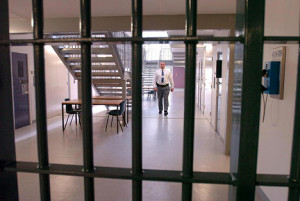 The embattled Maryland juvenile justice system is back in the news, and this time the headlines appeared in several national media outlets. Laurel police recently arrested a 16-year-old boy and ultimately linked him to as many as 121 car burglaries. Multiple law enforcement agencies were involved with the investigation including Howard County Police, Prince George’s County Police and the aforementioned Laurel Police Department. The alleged incidents took place during the first week of May, and shortly thereafter various law enforcement agencies began combing through eyewitness statements and doorbell camera footage. The footage revealed at least three teenagers, some of whom donning masks and headlamps, smashing car windows and climbing through to grab items within their reach.
The embattled Maryland juvenile justice system is back in the news, and this time the headlines appeared in several national media outlets. Laurel police recently arrested a 16-year-old boy and ultimately linked him to as many as 121 car burglaries. Multiple law enforcement agencies were involved with the investigation including Howard County Police, Prince George’s County Police and the aforementioned Laurel Police Department. The alleged incidents took place during the first week of May, and shortly thereafter various law enforcement agencies began combing through eyewitness statements and doorbell camera footage. The footage revealed at least three teenagers, some of whom donning masks and headlamps, smashing car windows and climbing through to grab items within their reach.
Juvenile records are sealed from public view, but we do know that police linked one of the suspects to more than one hundred burglaries. He will likely face dozens of charges for rogue and vagabond, which is the Maryland law that covers the breaking and entering of a motor vehicle to commit theft. Other charges likely include theft, theft scheme and malicious destruction of property. All of these crimes are misdemeanors, but the juvenile may face felony prosecution if he was charged with theft over $1,500 and/or motor vehicle theft. Outrage from police and others ensured after this juvenile was released from custody 5 hours after his arrest, but the fact that he was released before being detained at a secure juvenile facility should not come as a surprise to those who are familiar with the Maryland juvenile justice system.
Most juveniles who are arrested will be released to their parents with a promise to appear in court. The only exceptions are in cases where detention is required to protect the child or others, or if the child is deemed to be a flight risk. Few juveniles are actually determined to be flight risks due to their lack of resources unless there is a record of numerous failures to appear, so the more relevant consideration is whether the juvenile presents a danger. In this particular situation the child was only charged with property crimes, albeit more than 100, but still property crimes where victims were not present. In addition, unless the juvenile was charged with felony offenses he could not legally be detained before a hearing. Maryland law prohibits the detention of a juvenile prior to a hearing who is charged with a misdemeanor unless the misdemeanor is a gun offense such as possession of a firearm by a minor or the juvenile has two prior delinquency findings in the past 12 months. Based on the charges and the lack of record for this juvenile, it is safe to say that the intake officer’s hands were tied, and release was a foregone conclusion.
 Criminal Defense Lawyer Blog
Criminal Defense Lawyer Blog







